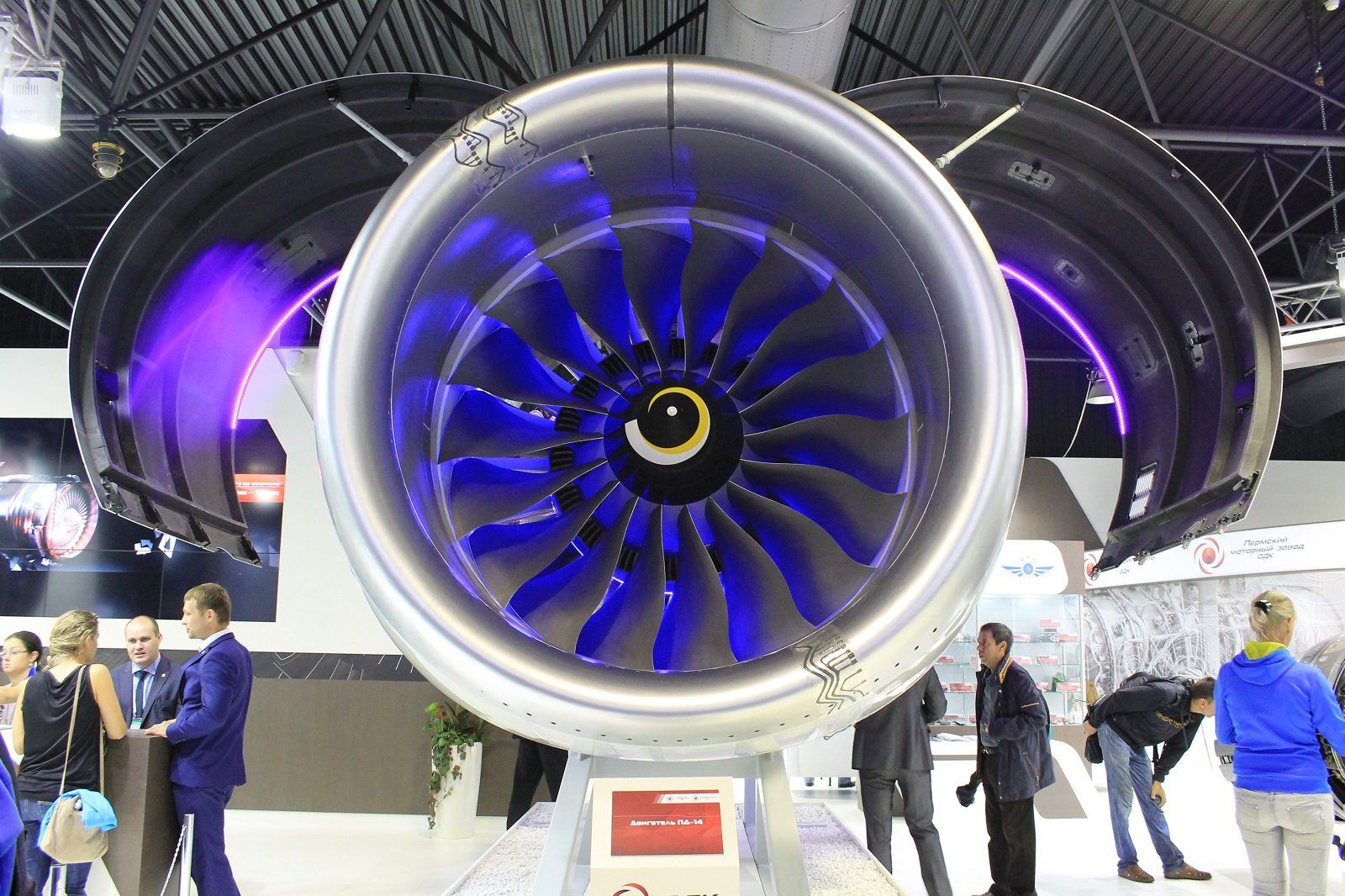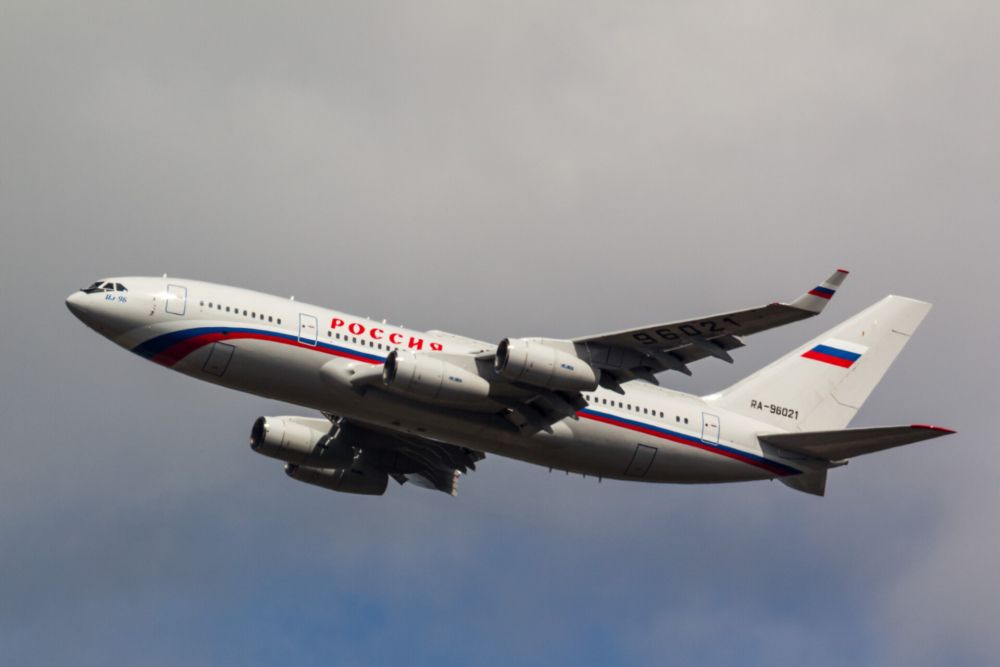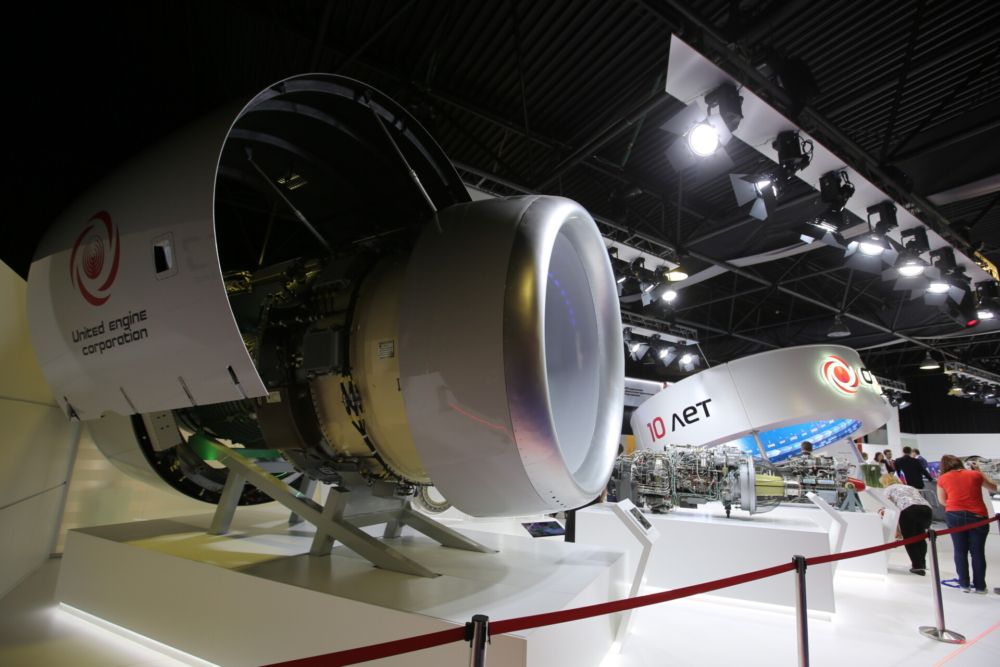Incentivized by trade sanctions imposed by the US, Russia's aero-engine industry has entered an era of revival. With a history dating back nearly a century, it has fallen on the United Engine Corporation and Aviadvigatel to help propel Russia's aviation industry forward. With the PD-14 and a new widebody powerplant in the pipeline, there could be much to celebrate in the future.
At the end of last year, Russia's new narrowbody contender, the Irkut MC-21, performed its first flight with domestically-made PD-14 engines. Developed by United Engine Corporation - Aviadvigatel, it is the first entirely Russian civil turbofan engine since the 1990s.
Its manufacturing was spurred on by the production delays faced by the MC-21 program due to US sanctions against Russia. Rostec and United Aircraft Corporation are keeping the Pratt & Whitney PW1400G as an option for its new aircraft in the hopes that it may attract more international buyers. However, the newfound self-reliance motivated by the trade restrictions has proven a shot in the arm for Russia's own aerospace engine industry.
Perm Aircraft Plant no 19
The history of Aviadvigatel began in Perm, a city located on the bank of the Kama River near the Ural Mountains. In 1934, engine design and manufacturing factory Plant no 19 began making the Shvetsov M-25, a licensed version of the Cyclone 9, designed by Curtis-Wright.
At the time, the plant was part of the Soviet Experimental Design Bureau. It was headed by Arkady Shvetsov and was known as the Shvetsov Design Bureau until he passed away in 1953. It developed a series of air-cooled piston engines that powered planes made by Ilyushin, Tupolev, Sukhoi, and Antonov.
PS-90A powers the President
Shvetsov's successor, Pavel Soloviev, became the first in the USSR to successfully develop a jet engine. The D-20P engine was designed for and powered the 56 passenger Tu-124 short-haul aircraft. In 1987, the bureau received certification for an engine designated as PS-90A. The engine powers the quadjet Ilyushin Il-96 - the first Soviet widebody long-haul aircraft, and the narrowbody medium-haul Tu-204.
Today, Aviadvigatel is headed by Alexander Inozemtsev, an aero-engine mechanical engineer who has been with the company since 1973. He is also a Professor of the Aero Engines Department at Perm State Technical University.
Stay informed: Sign up for our daily and weekly aviation news digests.
PD-14 and PD-35
PD stands for Prospektivny Dvigatel (prospective engine), and the -14 indicates that it has a thrust of 14 tons. Meanwhile, its construction has inspired Aviadvigatel to add another, more powerful, product to its catalog.
On the basis of the PD-14, UEC-Aviadvigatel is developing a larger engine intended to power widebody aircraft, such as the CR929 joint project with China - the PD-35, with a thrust of 35 tons. A contract was provided by the federal government for the research and development of the engine in 2016.
Rostec, the umbrella state-corporation which incorporates both UAC and UEC, calls it 'one of the most ambitious projects in the Russian aviation industry'. The latest news was that the testing of the engine's gas generator would commence sometime this autumn.
How much do you know about Russia's aero-engine industry? Leave a comment below and share your thoughts and experience with us.



